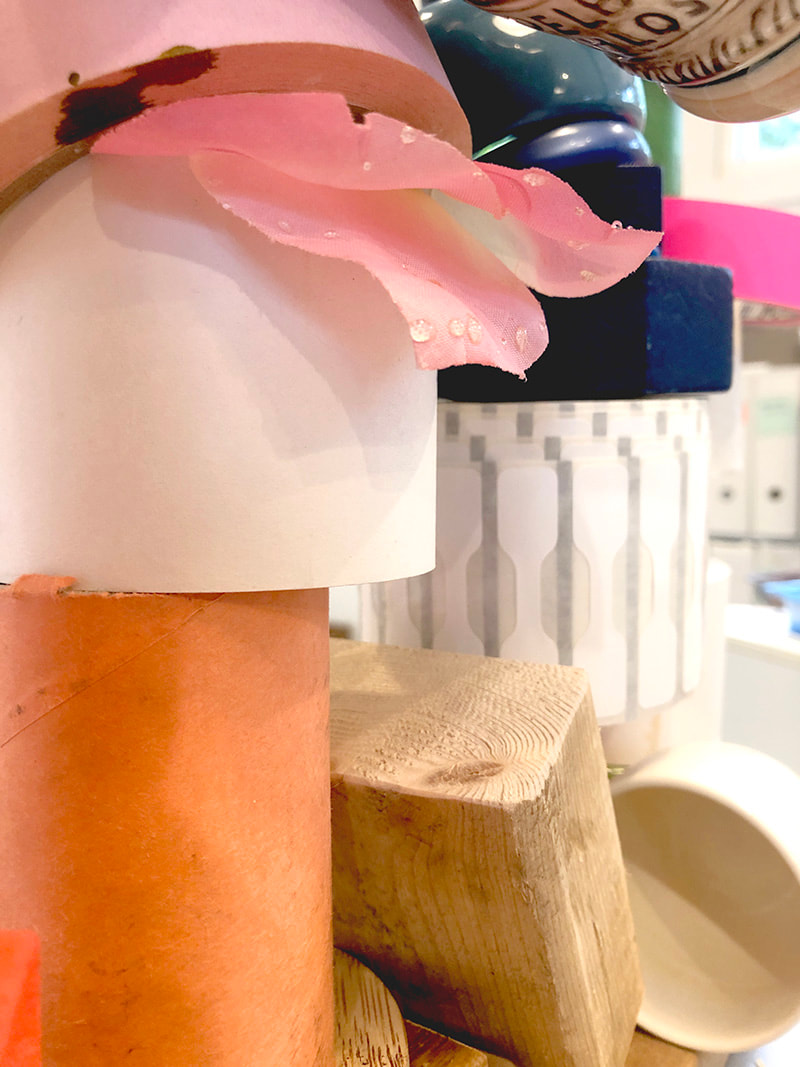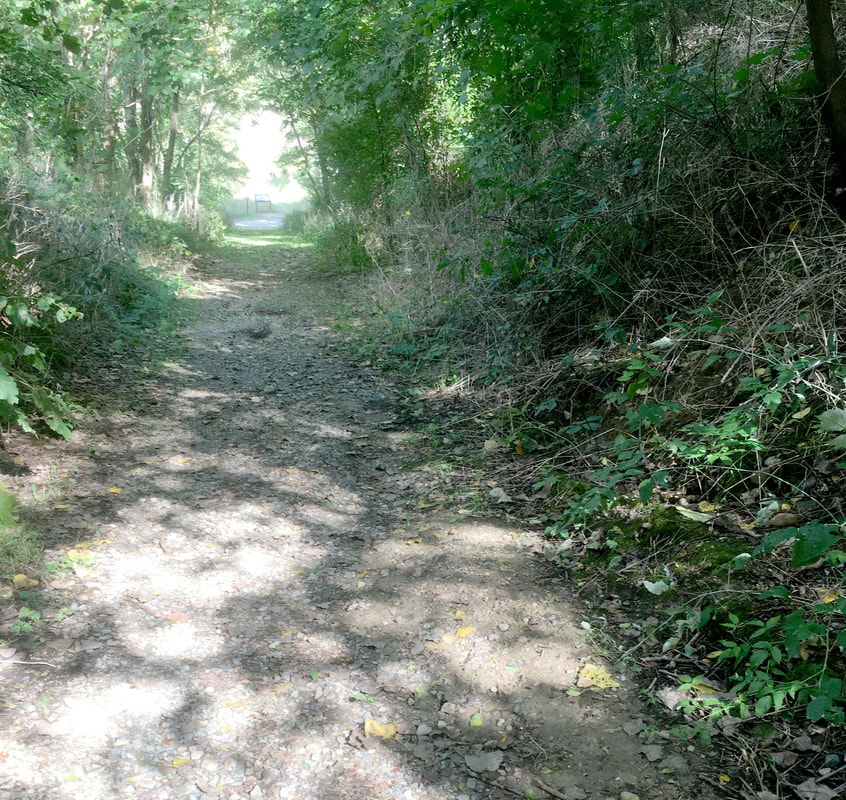|
Do you ever notice how you need to make a mess to really get organized? I'm finding that to be more and more true in my art studio. I like to share about messes, and it's a requirement that I be able to be messy in my creative space. I have to be able to pull everything out and try a bazillion different things, and it has to be left half done so that I can come back and respond the next day. This makes my studio kind of an uncomfortable place for my engineer husband who much prefers the data cell and the number, and why he thinks twice before casually opening the door to my space to seek out the ladder say.
I'm grateful to have someone like him who is really good at sweeping the kitchen floor, because it sure isn't me! I do wipe the counters down though and lots of other stuff. One thing that makes a big difference to my studio practice these days is clarifying a process for myself, and then committing to and sticking with that process. For example, How to do a photo shoot, how to make a painting support, or how to do my business numbers every month. The point of clarifying a process this way is so that I don't have to remember how I did it the last time, instead I can just look it up. I've found that making these How To lists are really deeply important for my practice. Each of these things is a valuable trove of process. These are the assets of my business and studio practice, they are how I get things done. To give you an example, the project Stand In I'm in the middle of, has many moving parts. It involves trips to junk shops, a particular list of what I'm looking for, building structural supports, writing and editing poems, trying to apply a poem to objects and finding it doesn't work and doing this enough until I find a process that does work, and then it involves once I make a sculpture and pair it with a poem in a way that works, how the heck do I document it, create the legend and store it? Then I need to take it apart, photograph each piece, digitally edit the series, create the label, and make sure that I have a photograph that's both high quality and high resolution and also lets me remember how to assemble it. And then there's oh my God writing instructions for other people to know how to assemble them. This takes a lot of time and love. If I didn't feel compelled to do it, it wouldn't happen. Recently art friend Deb Todd Wheeler was asked what advice she'd give to an artist starting out, and her response was: only do it if you have to, only do it because you couldn't not do it. I think I feel that way about this process. Because it is messy and chaotic and both fun and overwhelming at times: I trip over things, I break things, I forget the revelation I just had if I didn't write it down. The more time I can spend tidying and putting into boxes and labeling and coming up with an archive system, the more I am expressing love for and the value in what I'm doing.
0 Comments
I recently came across a bizarre show on netflix called 'Old Enough.' It's a Japanese reality TV show where a toddler is given an errand to run, usually with one or two stops picking something up or dropping something off at a shop or with a family friend. It's an interesting look at rural Japan and working class Japan and just how different Japanese and American culture are in many respects. It's in moments very sweet and also disturbing. The other night in the middle of the night it occurred to me why it was compelling to me: All of us are toddlers on an errand.
Doesn't it just make sense? When we're up at night trying to get sleep but finding that the mind won't turn off, it really does strike me that we're toddler sized in a big world, in the middle of a crowded fish market trying to remember which stall mom gets the sea bream at. Or trying to understand how to pull a cabbage out of the ground that is connected by this incredibly thick root system and it's getting dark and we have to walk home in the dark. Isn't that really just what life is like? When worry is happening, when stress and anxiety are there in the middle of the night, usually somebody or some situation looms incredibly big in our thinking. In this way too we are like toddlers on an errand because as a little three-year-old tries to negotiate a grocery store counter or shop stall or people's big bodies while moving through a crowded space, it's overwhelming, and so can life be. In the morning when we wake up, what worries us is often right-sized again. I don't know that I have more to say here but as you're going through your day, think of it: Toddlers on an errand. Everyone around you and you yourself. In the middle of the night, think of it: We are toddlers on an errand. PS. In about the fourth episode, I decided the show itself is kind of dark. The kids, these two and three year olds, somehow know this isn't normal and that there's something off about the whole situation. This speaks to their purity and the way things just often are twisted around and you see innocence being lost in some episodes which feels sad. But yet, perhaps it's riveting because that is how it is for every one of us, in some way, and we have at our core that same clarity, that same innocence. |
ALIVEUPCOMING AND RECENT
FIELD GUIDE TO AMBIGUITY is here! Arrived Jan 31 NOW--ISH A solo exhibition Opening June 7—Sept 6 2024, Saugatuck Center for the Arts, Saugatuck MI. FREE SESSION WITH HANNAH!If you feel overwhelmed, confused or just plain excited by what's afoot in your life, and would like some excellent clarifying space and tools, try a session with Hannah! She's been a coach for 15 years. First 30 minutes is just to see what it's like...
AuthorHannah Burr is a contemporary artist and author. Originally from Boston, she lives in Ann Arbor MI. Archives
November 2023
Categories
All
|


 RSS Feed
RSS Feed